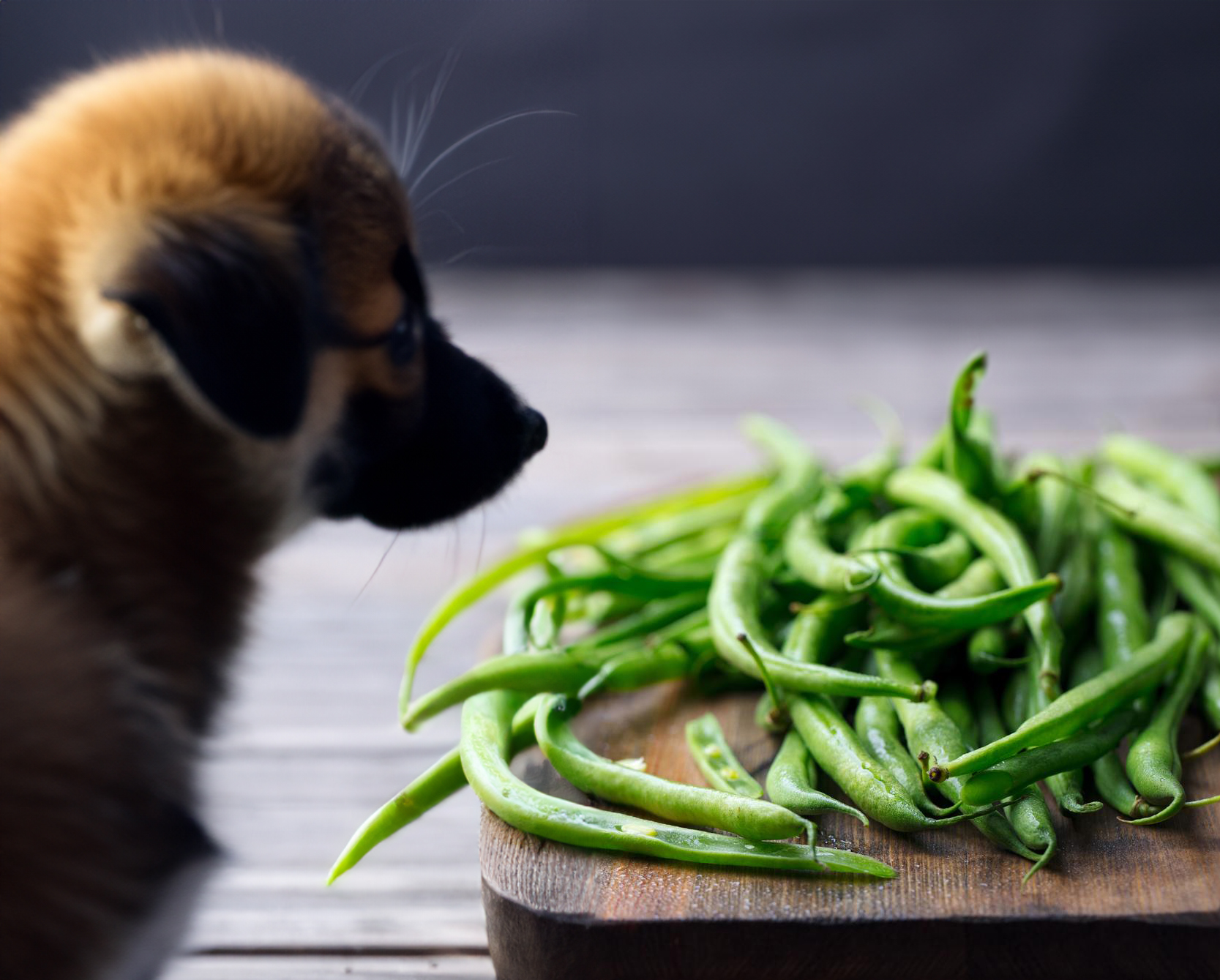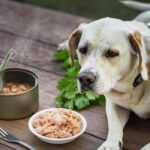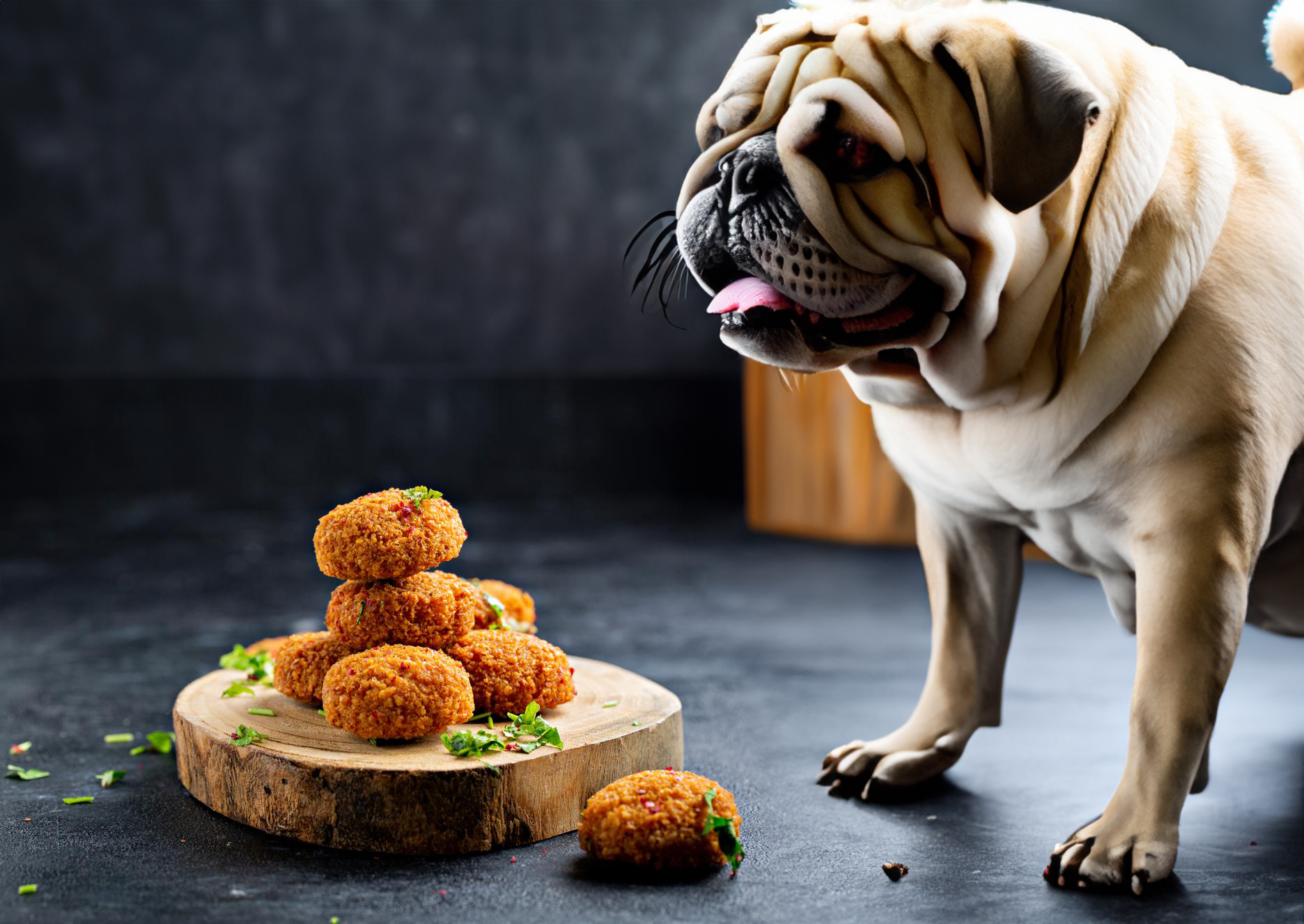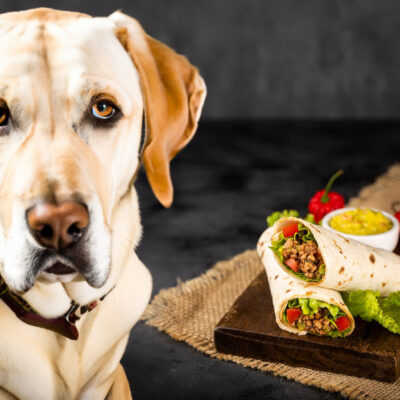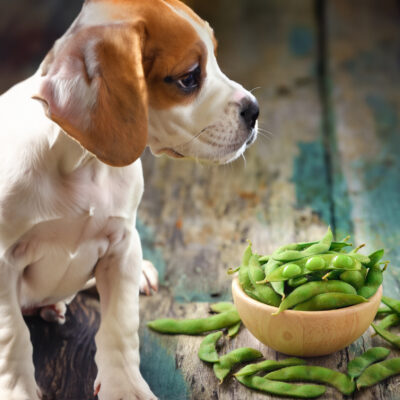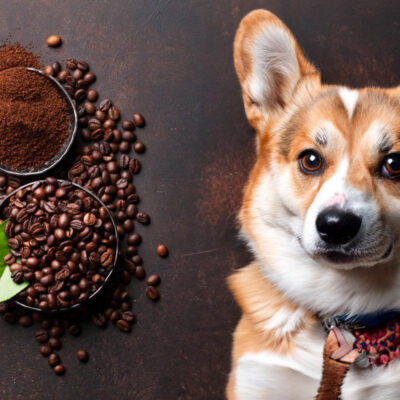Have you ever wondered if your pup can eat green beans? The answer might surprise you. Not only can dogs eat green beans, but they can also provide a range of health benefits for your furry friend. In this blog post, we’ll explore the surprising benefits that come with feeding your pup green beans, and how to safely incorporate them into their diet. So, if you’ve been asking yourself “Can a dog eat green beans?” or “Can dogs eat green beans?”, you’re in the right place.
The Nutritional Value of Green Beans for Dogs
Green beans are not only a tasty treat for dogs, but they also offer a variety of nutritional benefits. These crunchy veggies are low in calories and fat, making them a great addition to a dog’s diet, especially for those watching their weight. Green beans are also high in fiber, which can help regulate a dog’s digestion and keep their gastrointestinal system healthy.
In addition to being low in calories, green beans are packed with essential vitamins and minerals. They are a good source of vitamin K, vitamin C, and manganese, all of which contribute to a dog’s overall health and wellbeing. Vitamin K helps with blood clotting, while vitamin C supports the immune system and aids in collagen production. Manganese is important for bone health and metabolism.
Green beans also contain antioxidants, such as beta-carotene and lutein, which help protect cells from damage caused by free radicals. These antioxidants can contribute to a dog’s overall health and help reduce the risk of chronic diseases.
Overall, green beans are a nutritious addition to a dog’s diet. They provide essential vitamins and minerals, promote digestion, and offer antioxidant benefits. However, it’s important to note that green beans should be served in moderation and cooked, as raw beans can be difficult for dogs to digest.
Can Dogs Safely Eat Green Beans?
Yes, dogs can safely eat green beans, but there are a few things to keep in mind. While green beans are generally safe for dogs to consume, it’s important to prepare them properly to avoid any potential digestive issues.
First, it’s recommended to cook the green beans before serving them to your pup. Raw green beans can be difficult for dogs to digest and may cause stomach upset. Steaming or boiling the beans until they are soft and easily mashable is the best way to make them safe for your furry friend.
Another consideration is the seasoning. Plain, unseasoned green beans are the safest option for dogs. Avoid adding any butter, oil, salt, or seasonings that could potentially be harmful to your dog’s health.
It’s also important to serve green beans as a supplement to your dog’s regular diet, rather than a replacement. While they provide some nutritional benefits, they should not be the sole source of your dog’s nutrition.
As with any new food introduction, it’s best to start with small amounts of green beans and monitor your dog for any signs of discomfort or allergic reactions. If you notice any digestive upset or other adverse reactions, it’s best to consult your veterinarian.
Health Benefits of Green Beans for Dogs
Green beans offer numerous health benefits for dogs, making them a valuable addition to their diet. One of the main advantages is the high fiber content in green beans, which aids in digestion and promotes a healthy gastrointestinal system. The fiber helps regulate bowel movements, preventing issues such as constipation and diarrhea. It also promotes a feeling of fullness, which can be beneficial for dogs trying to maintain a healthy weight or lose excess pounds.
In addition to fiber, green beans are packed with essential vitamins and minerals that contribute to a dog’s overall health and wellbeing. Vitamin K, found in green beans, is crucial for blood clotting and helps prevent excessive bleeding. Vitamin C, another important nutrient in green beans, boosts the immune system, promotes collagen production, and aids in wound healing. Manganese, also present in green beans, plays a vital role in bone health and metabolism.
Moreover, green beans contain antioxidants like beta-carotene and lutein. These antioxidants help protect the cells from damage caused by harmful free radicals, reducing the risk of chronic diseases and promoting overall health.
Overall, incorporating green beans into a dog’s diet can provide a range of health benefits. From aiding digestion to promoting a healthy weight and boosting the immune system, green beans are a nutritious addition to a dog’s regular meals. Just remember to serve them cooked and in moderation, as raw beans can be difficult for dogs to digest.
How to Feed Your Dog Green Beans
Feeding your dog green beans is a simple and healthy way to incorporate this nutritious vegetable into their diet. Here are some tips on how to safely feed your dog green beans:
Cook the green beans: It’s important to cook the green beans before serving them to your dog. Raw green beans can be difficult for dogs to digest and may cause stomach upset. The best way to prepare them is by steaming or boiling until they are soft and easily mashable.
Serve plain, unseasoned green beans: Avoid adding any butter, oil, salt, or seasonings to the green beans. Plain, unseasoned green beans are the safest option for dogs. Seasonings and additives can potentially be harmful to your dog’s health, so it’s best to stick to plain green beans.
Use as a supplement, not a replacement: Green beans should be served as a supplement to your dog’s regular diet, rather than a replacement. While they provide some nutritional benefits, they should not be the sole source of your dog’s nutrition. Make sure to still provide your dog with a balanced and complete diet.
Start with small amounts: When introducing green beans to your dog’s diet, start with small amounts and monitor their reaction. Some dogs may have sensitivities or allergies to certain foods, so it’s important to watch for any signs of discomfort or adverse reactions.
By following these guidelines, you can safely feed your dog green beans and enjoy the health benefits they provide. Remember to always consult with your veterinarian if you have any concerns or questions about your dog’s diet.
Other Vegetables Dogs Can Eat
In addition to green beans, there are many other vegetables that dogs can safely enjoy. These veggies not only provide nutritional benefits but also add variety to your dog’s diet. Here are some other vegetables that dogs can eat:
Carrots: Carrots are low in calories and high in vitamins A and C. They are great for your dog’s dental health and can help remove plaque from their teeth.
Broccoli: Broccoli is a nutrient-rich vegetable that contains vitamins C and K, as well as fiber. It is important to note that broccoli should be served in moderation, as too much can cause gas and digestive upset in some dogs.
Sweet potatoes: Sweet potatoes are a great source of vitamins A, B6, and C, as well as fiber. They can be served cooked and mashed, making them a delicious treat for your pup.
Pumpkin: Pumpkin is a fantastic source of fiber and can help regulate your dog’s digestion. It is also rich in vitamins A, C, and E, as well as potassium.
Peas: Peas are high in fiber, vitamins A, B6, and C, as well as minerals such as iron and potassium. They can be served fresh or frozen, and make a tasty addition to your dog’s meal.
When feeding your dog vegetables, it’s important to remember to cook them properly and serve them in moderation. As always, consult with your veterinarian before introducing any new foods to your dog’s diet to ensure they are safe and appropriate for your furry friend.




